April 20, 2015
Uptake of flexible working at UK firms continues to gather pace 0
 In the last three years the adoption of flexible working by UK organisations has increased by over a third (37 percent), according to new research published by recruitment consultants Robert Half. The study, based on interviews with 200 HR Directors also claims that concerns that remote working without direct physical supervision leads to a decrease in productivity are increasingly unfounded. The research reveals that 60 percent believe giving employees greater autonomy over working styles and practices including remote working and flexi-time results in increased productivity. Respondents also increasingly believe that offering greater autonomy to employees results in positive business benefits. Over half (51 percent) thought greater employee autonomy boosts creativity and almost half (45 percent) believe it makes employees easier to manage.
In the last three years the adoption of flexible working by UK organisations has increased by over a third (37 percent), according to new research published by recruitment consultants Robert Half. The study, based on interviews with 200 HR Directors also claims that concerns that remote working without direct physical supervision leads to a decrease in productivity are increasingly unfounded. The research reveals that 60 percent believe giving employees greater autonomy over working styles and practices including remote working and flexi-time results in increased productivity. Respondents also increasingly believe that offering greater autonomy to employees results in positive business benefits. Over half (51 percent) thought greater employee autonomy boosts creativity and almost half (45 percent) believe it makes employees easier to manage.








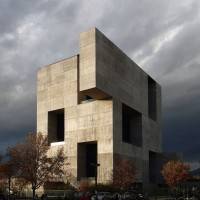

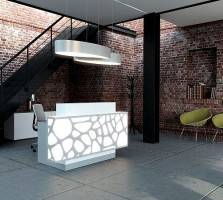

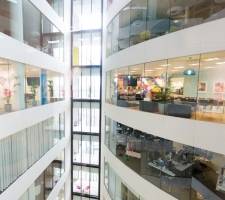
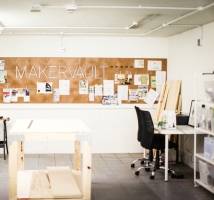
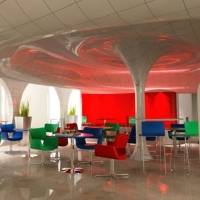








April 8, 2015
Sino might: a review of the CIFF office design show in Guangzhou
by John Sacks • Comment, Furniture, Products, Workplace design
(more…)